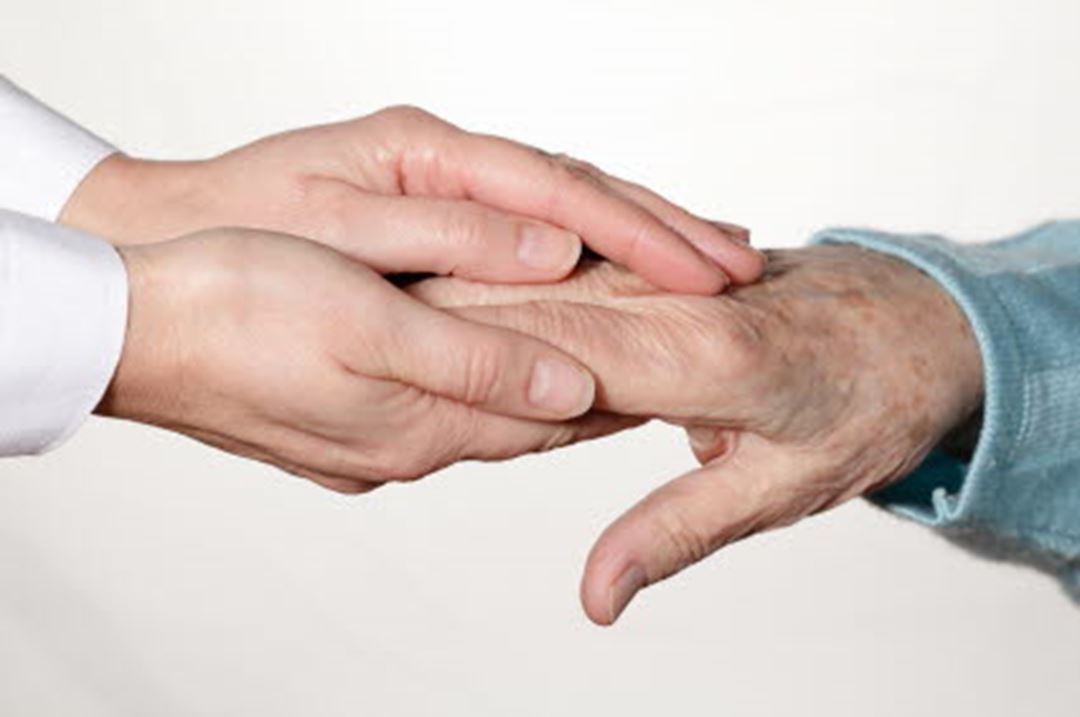On behalf of the Ministry of Children, Equality and Social Inclusion, SINTEF and NTNU – Norwegian University of Science and Technology, have charted the extent to which the gender division in Norwegian working life has changed between 1990 and the present.
“There has been surprisingly little change when we realise that we studied an entire 20-year period,” says project manager, research scientist Heidi Jensberg of SINTEF Technology and Society.
Wrong way
The survey shows that the proportion of women further increases in the public sector, and that the proportion of men going up in the private sector.
“This is a development contrary to what was hoped for,” says Jensberg.
The report also concludes that there has been little development in equalisation of employment in female- and male-dominated industries.
Increased proportion of women among the leaders
"However, there have been a few bright spots,” says Jensberg, as she instances the gender balance of the managerial class as a whole.
Fifteen years ago, women made up just over a fifth of the group "leaders". Today, according to the survey, they account for more a third of this range.
“The proportion of women in management positions has risen from 22 percent in 1996 to 35 percent in 2010. In terms of percentages, this suggests a strong rate of growth, but the numbers gild the lily somewhat,” says Jensberg.
This is because at the same time there are fewer managerial positions relative to total numbers of employees. According to Jensberg, a plausible interpretation is that this decline has been particularly strong in those sectors of the labour market in which men have traditionally occupied most posts in management.
Fewer women in "women's professions"
The survey also points out that the proportion of women is slowly but surely declining in those occupations that are most heavily dominated by women.
In 2010, 72 percent of employees in sales, service and care occupations were women, as against 77 percent in 1996. (Directly comparable figures are available only from 1996). In the office and customer service sector, the proportion of women fell from 73 to 66 percent in the same period.
Moving into professions with high education
However, women are not ending up in the classic male bastions of employment. Even in traditionally male-dominated occupational groups such as "craftsmen" and "process and machine operators and transport workers", the proportion of women has fallen.
However, women are moving into occupations that demand a higher education; occupations in which the sexes were already most equally represented.
In the academic sphere, the proportion of women is now approaching that of men. Here, the proportion of women rose from 40 percent in 1996 to 46 percent in 2010.
In the group "occupations that require shorter university or college education," women have already passed men in terms of numbers. In 1996, the gender ratio here was 50-50. By 2010, the proportion of women had risen to 54 percent.
Large numbers involved
“It is not surprising that the proportion of women is rising in jobs that requiring higher education, since for many years, more and more women have been enrolling in higher education in this country,” says project manager Jensberg, adding:
“Although the changes in the gender ratio in various professional groups are relatively small in terms of percentages over the 15-year period, the figures cover a large number of workers. The sales, service and care sector, from which women are moving away, and the high-education sectors that they are increasingly filling, are actually growing fastest. Together they employ more than half of the active working population in Norway.”
By Svein Tønseth

